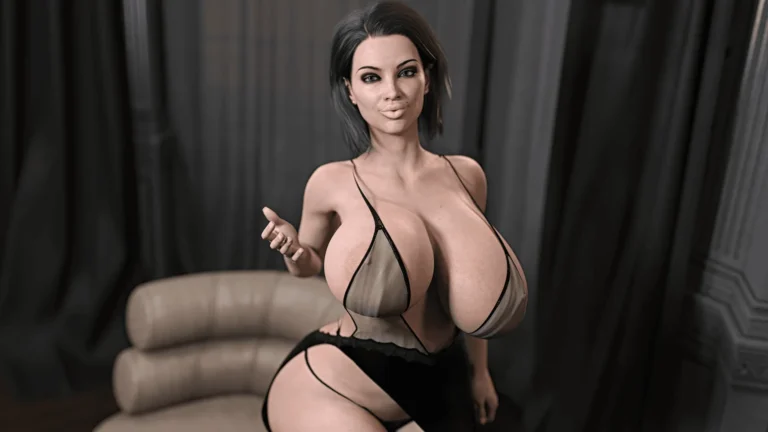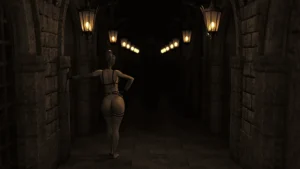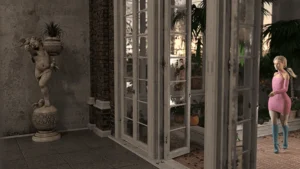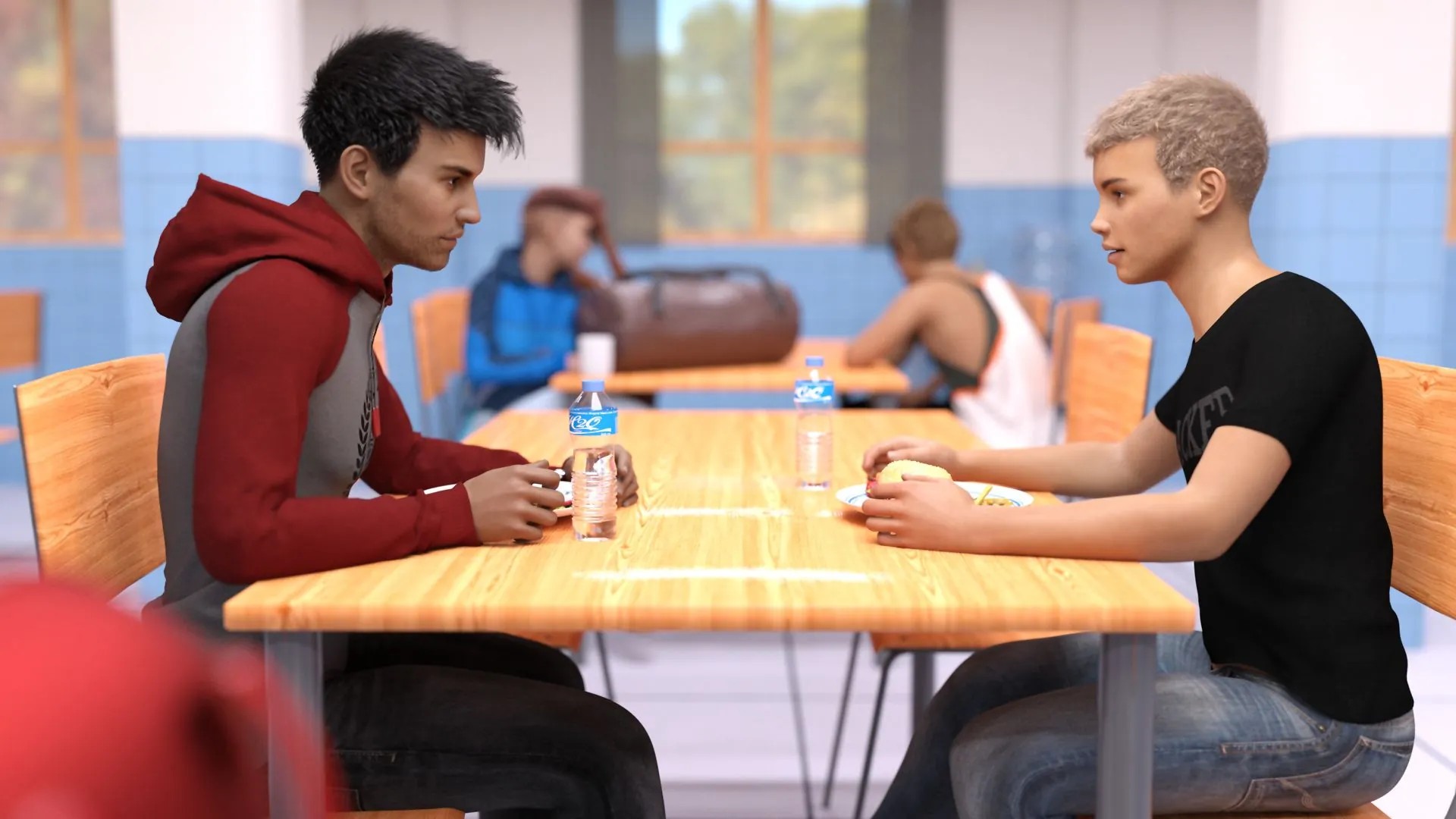
Shadows
Play Shadows
Shadows review
Unveiling the Intricacies of Shadows
Shadows, a game that has garnered attention for its unique approach to storytelling and gameplay, offers players an immersive experience. This article delves into the world of Shadows, exploring its mechanics, player interactions, and the emotional depth it provides. Whether you’re a seasoned gamer or just curious about Shadows, this guide will walk you through what makes it stand out.
Gameplay Mechanics and Features
What Sets Shadows Apart
Let me tell you about the first time I truly got Shadows gameplay. I was hiding from a spectral warden in a forgotten library, my own shadow stretched long and thin against a bookshelf. On a whim, I willed it to detach and slither under a distant desk. The warden, fooled by the movement, drifted away from my actual hiding spot. My heart was pounding 🫀. This isn’t your typical stealth game where you just crouch in a dark corner. Here, the darkness is your primary tool, your weapon, and your shield.
The core of the Shadows features that makes it so unique is the Shadow Manipulation mechanic. You don’t just hide in shadows; you command them. This fundamental shift creates a Shadows gameplay loop that feels fresh and intellectually stimulating. You’re constantly assessing light sources, the shape and length of your shadow, and how you can use this extension of yourself to solve problems. It’s a puzzle box wrapped in a narrative, and you hold the key.
The most liberating moment is realizing you aren’t powerless in the dark; you are the dark.
Here’s a quick comparison of how this Shadows gameplay differs from traditional approaches:
| Traditional Stealth Game | Shadows Gameplay |
|---|---|
| Stay in dark areas to remain hidden. | Create and manipulate dark areas to your advantage. |
| Use tools like smoke bombs or noise makers. | Your shadow is your multi-tool for distraction, traversal, and interaction. |
| Line-of-sight based enemy detection. | Enemies react to light and shadow anomalies, creating a more dynamic hunt. |
Exploration and Interaction
The world of Shadows is a character in itself, a decaying, memory-haunted metropolis where every flickering lamppost tells a story. The Shadows player interaction is deeply tied to this environment. You don’t just press a button to open a door; you might need to merge your shadow with the lock’s silhouette to twist it open from the inside out. 🗝️
I remember a section in the Old Quarter where I needed to cross a chasm. The obvious path was destroyed. After ten minutes of frustration, I noticed a large, ornate light fixture hanging over the gap. By carefully shaping my shadow into a hook, I could latch onto it and swing across. It was a eureka moment that the game is full of! This kind of environmental puzzle is a cornerstone of the Shadows gameplay, making exploration feel like a constant, rewarding conversation with the world.
This level of Shadows player interaction extends beyond puzzles. You can use your shadow to gently pull a lever from across a room, retrieve a key from a sleeping guard’s pocket, or even create a temporary bridge of darkness over a patch of blinding light. It empowers you to be creative, and the game consistently rewards that creativity. Every new area feels like a playground of possibilities. 🎪
Emotional Depth and Storyline
Now, let’s talk about the heart of the experience. The Shadows storyline is not something you’re simply told; it’s something you feel and unearth. You play as a character literally stripped of their past, a blank slate trying to reclaim stolen memories in a city that feeds on them. The Shadows emotional depth comes from this intimate, melancholic journey of self-discovery.
The genius of the Shadows storyline is how it’s woven directly into the Shadows gameplay. You don’t find audio logs; you absorb “Echoes”—lingering emotional imprints left in shadows. To learn about a tragic love story, you don’t read a letter. You merge with the shadow of a person long gone and relive the moment they received the heartbreaking news. The screen trembles, the colors drain, and you are hit with a wave of sorrow that is both yours and not yours. It’s a powerful, visceral way to deliver narrative. 😢
This creates an incredible Shadows emotional depth. You’re not a detached observer; you are an emotional archaeologist. One of the most poignant moments for me was using my shadow to comfort the fading echo of a lost child, creating a shadow-puppet show to ease their fear. In that moment, the core mechanic transformed from a simple tool into an instrument of profound human connection. The Shadows features aren’t just for solving puzzles; they are for healing wounds.
The ultimate goal isn’t just to defeat a boss, but to piece together the shadow of who you were, reconciling painful truths with moments of joy to become whole again. It’s this seamless fusion of innovative Shadows gameplay, deep Shadows player interaction, and a heartbreakingly beautiful Shadows storyline that makes the experience so unforgettable. You don’t just play through it; you emerge from it, changed. ✨
In conclusion, Shadows offers a unique blend of gameplay mechanics and emotional depth, setting it apart from other games. By exploring its features and player experiences, we can see why Shadows has captured the attention of gamers worldwide. Whether you’re looking for a new challenge or a story-driven experience, Shadows is definitely worth exploring.


























